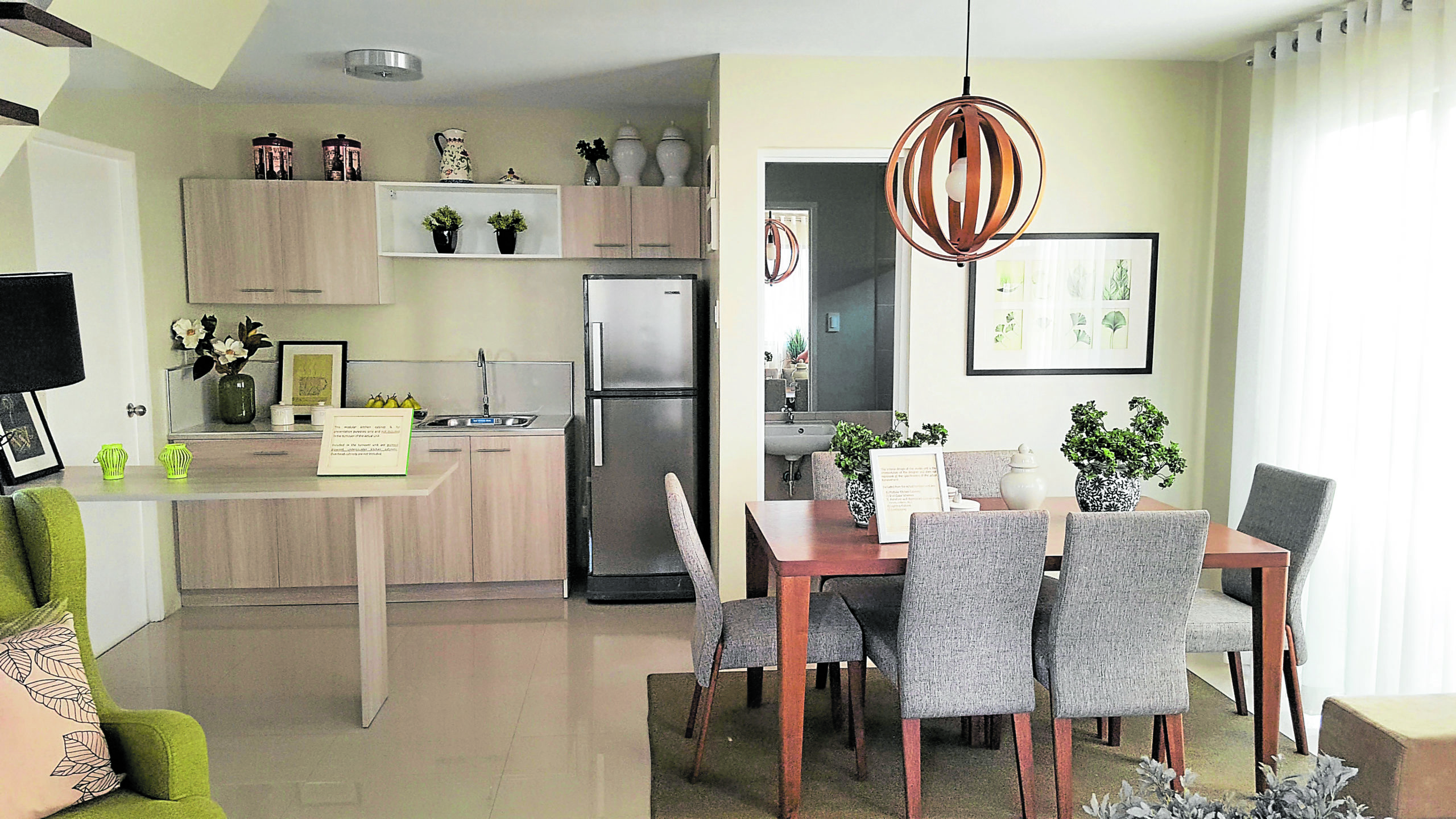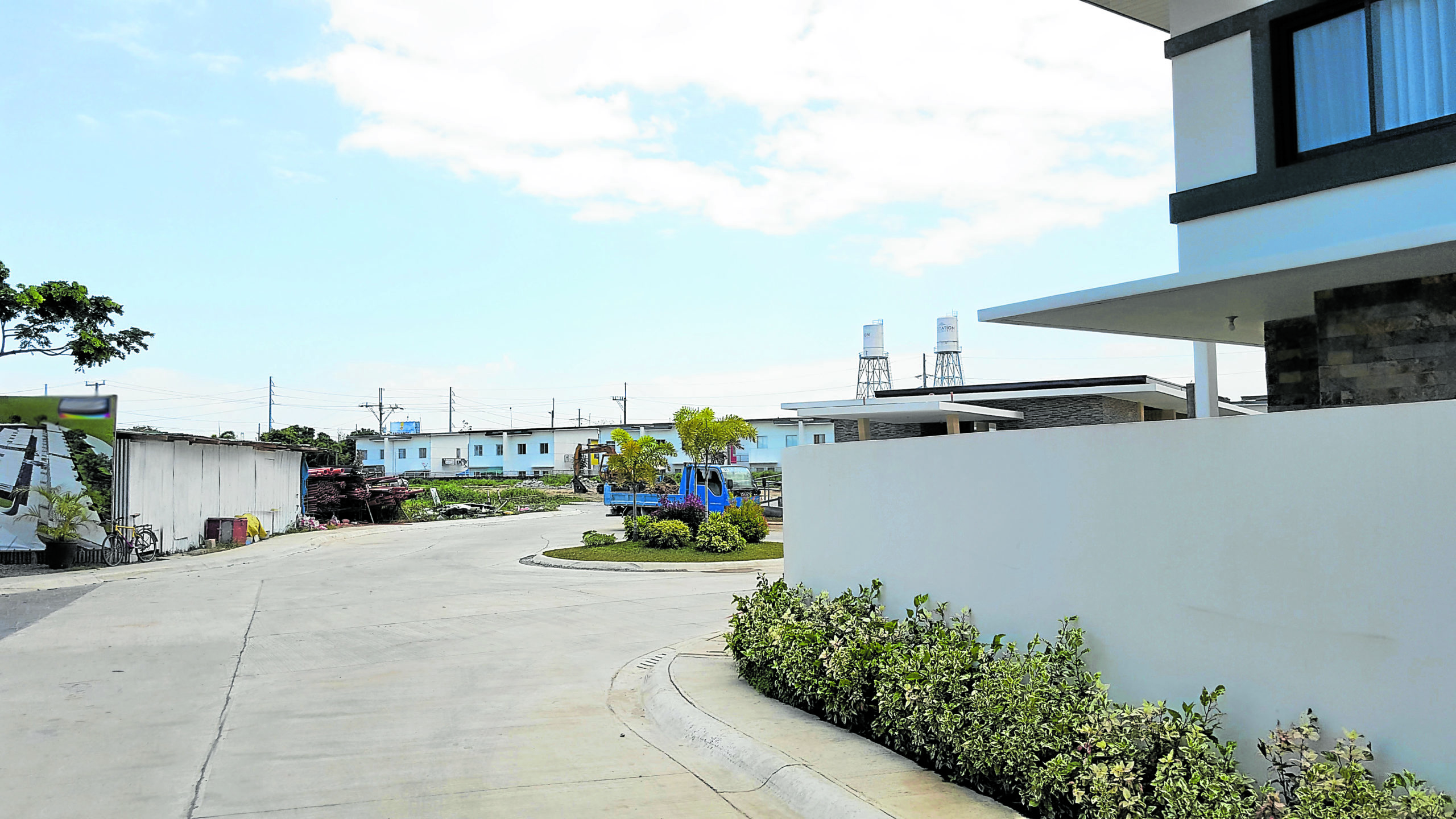Rethinking affordable housing
As the population grows, the need for affordable housing will increase.
In major cities however, prices remain too expensive to satisfy the rising demand for housing. Therefore, the Philippine real estate industry needs to offer an inexpensive home alternative to address a growing pressure on this basic human need.
Private sector to address housing shortage
According to the Subdivision and Housing Developers Association Inc. (SHDA), the housing backlog now stands at 3.9 million units and this figure is projected to grow to 6.5 million by 2030. Around 20 million people live in slums, and cities such as Manila are among the most densely populated in the world. Apart from inadequate housing, many slums lack basic facilities such as sanitation, clean drinking water and electricity.
In addition, there are few available houses for the public, and the majority are too expensive to purchase. Most property buyers are searching for homes priced between P1.7 million and P3 million.
Regrettably, the country’s supply of affordable houses has not kept up with that demand. To meet the increasing demand for housing, the government enacted legislation encouraging the private sector to invest in the construction of affordable and socialized housing in both urban and rural areas throughout the nation.
Housing demand translates to economic growth
It is essential to recognize the critical role of affordable housing projects in the Philippines’ prosperity. The country’s rising economy has forced thousands of people to seek employment and other means of income.
This opportunity for business growth has resulted in significant infrastructure development across the country. Due to the inability of this method of wealth generation to keep up with the increasing demand for real estate, developers were compelled to turn to mass producing housing units.
The greatest interest in affordable housing was shown in Rizal and Cavite. Rodriguez, Rizal, and neighboring towns like San Mateo accounted for most inquiries for socialized housing. Quezon City and Las Piñas, on the other hand, got the greatest number of searches for low-cost homes. Antipolo, Davao City and Bacoor were close behind. Davao City was also among the top locations chosen for economic housing by property seekers, followed by Cavite towns Imus and General Trias, as well as Marilao in Bulacan.
Modernist thinking in affordable housing designs, planning
While developers may have intended to build affordable housing with the best of intentions, their preference for imposing, low-cost concrete structures devoid of human anthropometrics often resulted in complexes that hindered healthy communities and felt indisputably separated from society.
Affordable housing today strives to do more than just offer decent places to live. New affordable housing models incorporate sustainable features that reduce construction and maintenance costs, technologies that empower residents and connect them to external resources, and a greater appreciation for human scale and connection to the street–all of which are beneficial characteristics that we can only hope to see more of in the future.
New wave of housing developers
It is comforting to know that a few forward-thinking developers are currently going all out to create masterplanned communities with facilities like a community center, basketball court, walkable gardens, pools and playgrounds, and commercial area expansions. They strategically locate developments near major thoroughfares, transit hubs, schools, hospitals, and commercial and recreational districts.
These progressive developers not only promote communal self-sufficiency, but also offer every Filipino with the dignity of homeownership via the provision of quality-built affordable housing units. The simplicity of purchasing houses may be achieved via a financing scheme such as a Pag-IBIG housing loan, a bank loan, or a deferred or spot cash payment.
The author is the principal architect at Fulgar Architects creating unique and extraordinary design specialties for various property ventures from hotels, condominiums, museums, commercial, to mixed-use township developments. Please visit www.ianfulgar.com



